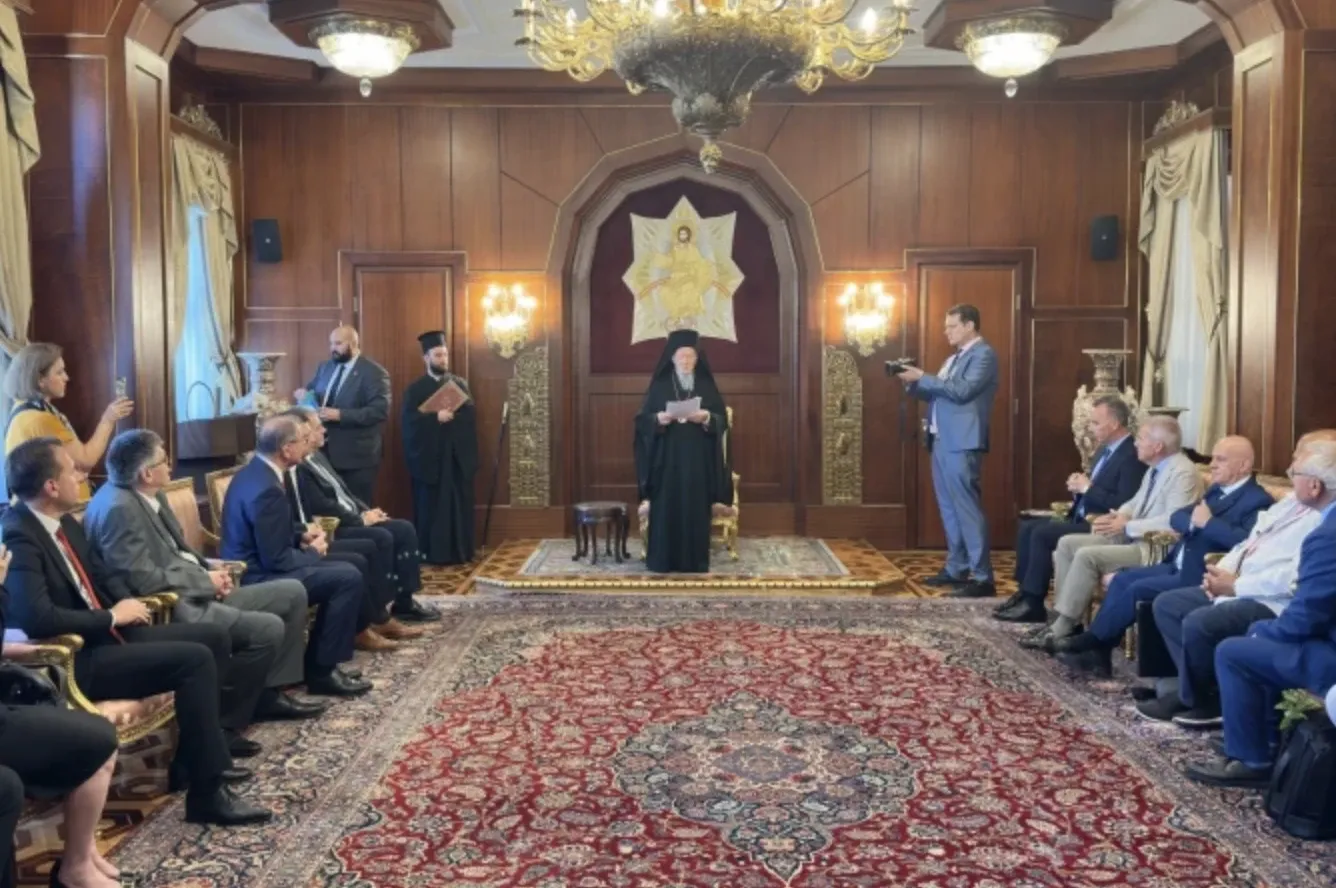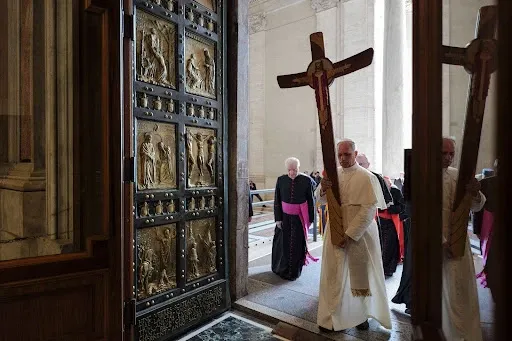Vatican City, 15 February, 2025 / 5:00 pm (ACI Africa).
The First Ecumenical Council, the meeting of Christian bishops that was held in 325 in Nicaea (today İznik, Turkey), laid the groundwork for reaching consensus within the Church through an assembly representing all of Christendom.
This event marked a key moment in the history of Christianity, 17 centuries ago this year, in which, among other decisions, the way of calculating the date of Easter was established.
However, over the centuries, changes to the calendar resulted in discrepancies between the Catholic, Protestant, and Orthodox churches, differences that still persist. While Latin-rite Catholics follow the Gregorian calendar, in the East the tradition of calculating liturgical dates according to the Julian calendar has been maintained.
The difficulties of changing the calendar
“The process of changing the calendar, which began in 1582 with Pope Gregory and was completed to a certain extent in 1923 with the adoption of the new calendar by some Orthodox churches, was not without difficulties,” Kostas Mygdalis, consultant to the Orthodox Interparliamentary Assembly (IOA), explained in an interview with ACI Prensa, CNA’s Spanish-language news partner.








